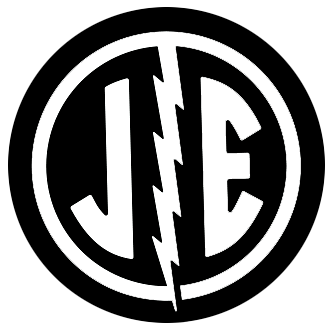FREQUENTLY ASKED QUESTIONS
-
These are the side lengths for each record size…
7” RECORDS4 minutes 30 seconds per side @ 45 RPM
6 minutes per side @ 33 RPM
10” RECORDS
9 minutes 48 seconds per side @ 45 RPM
13 minutes 14 seconds per side @ 33 RPM
-
• .WAV is our preferred format, but we can work with most file types.
• Mono is preferred to stereo. All files will be summed to mono by the cutting EQ chain. No responsibility will be taken for phasing issues.
• -1.5dB is a safe level to master your tracks to as to avoid clipping issues.
-
Turnaround is generally 2-3 weeks from the day that all audio, label artwork and payment are received.
If you require a quicker turnaround there is a 20% charge for a rush order (To be posted in 1 week from your order date.)
-
We have templates for hand-folded covers available HERE, but we are currently unable to print covers ourselves.
You’re welcome to use our templates, but you’ll have to organize printing and assembly yourself.
If you need help with artwork layout and design, leave a note in your order and we can recommend a designer who can layout your artwork files for a $30 fee. -
A record cut at 45 RPM should provide more volume, top end and detail than 33 RPM, due to the stylus covering more distance over the same period of time.
However this difference may or may not be noticed depending on your playback turntable, amplifier, speakers or ears.
-
An embossed polycarbonate record is of a similar durability to a pressed record.
(Traditionally cut lacquer and acetate records are less durable.)
-
Johnny Electric’s stylus doesn't remove any material from the record blank - it impresses a mono groove into the disc.
This results in a shallower impression than a regular record, so embossed discs can sometimes be unforgiving when played on incorrectly-configured turntables.
Frequencies below 400hz often need to be limited to stop the playback needle from sliding out of the groove, which can cause skipping.
If you have any issues, try the following…
LEVEL YOUR TURNTABLE
A poorly leveled turntable can cause the needle to slide across the record.
SET YOUR ANTI-SKATE
If the stylus is sliding across the record towards the spindle, you should turn up your anti-skate.
If the stylus is sliding away from the spindle, you should turn down your anti-skate
INCREASE YOUR TRACKING WEIGHT
All our records are tested on…
A Project Turntable with anti-skate and tracking weight set to 2g
A Philips F7233 Turntable with anti-skate and tracking weight set to 1.5g
A Crosley Suitcase Record with no anti-skate and a tracking weight of 6g
With anti-skate set correctly, there should be no tracking issues. If your record is skipping or sliding, increasing the tracking weight should resolve the problem.
6g of tracking weight would be on the extreme end, and 3-4g would be closer to the maximum recommended weight.SURFACE NOISE
If the audio quality of an embossed polycarbonate disc begins to degrade, we recommend cleaning both the record and your stylus.
Polycarbonate can develop a strong static charge, which attracts dust that can lead to crackles and pops. Try cleaning it with a record brush or a soft anti-static cloth.
If you spill something on your record, it can be cleaned with Shellite, which is also used to remove the residual adhesive layer from the record blank when it’s cut. This won’t harm the record, and dries quickly without any residue.
HEAT
Polycarbonate is less likely to warp in heat than a standard pressed record, but it does hold a thermal memory, which means the plastic will try to return to it’s original cast form when it gets too hot.
The higher frequencies (7kHz+) will be the first to degrade. This happens at about 60-70C.

